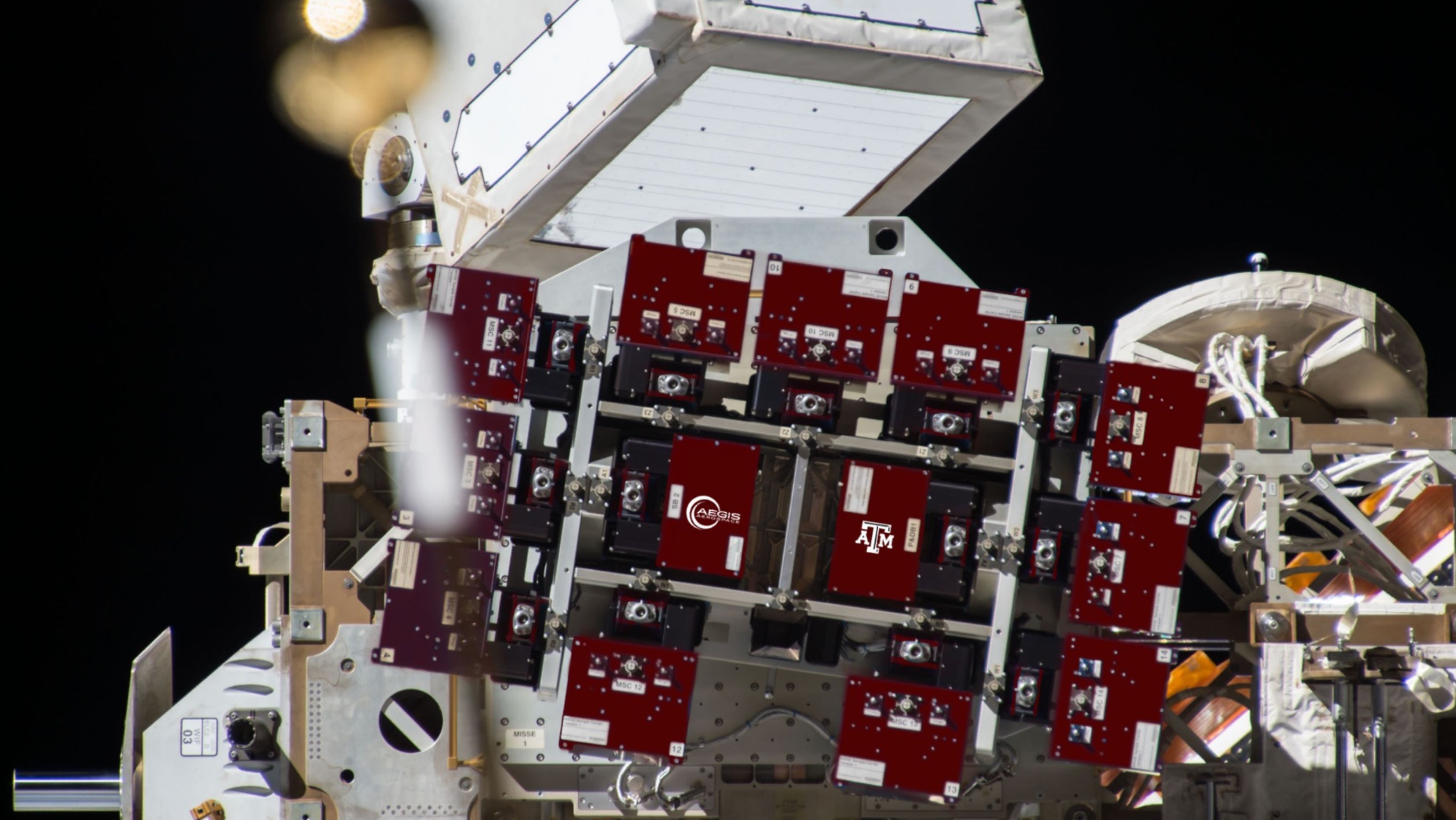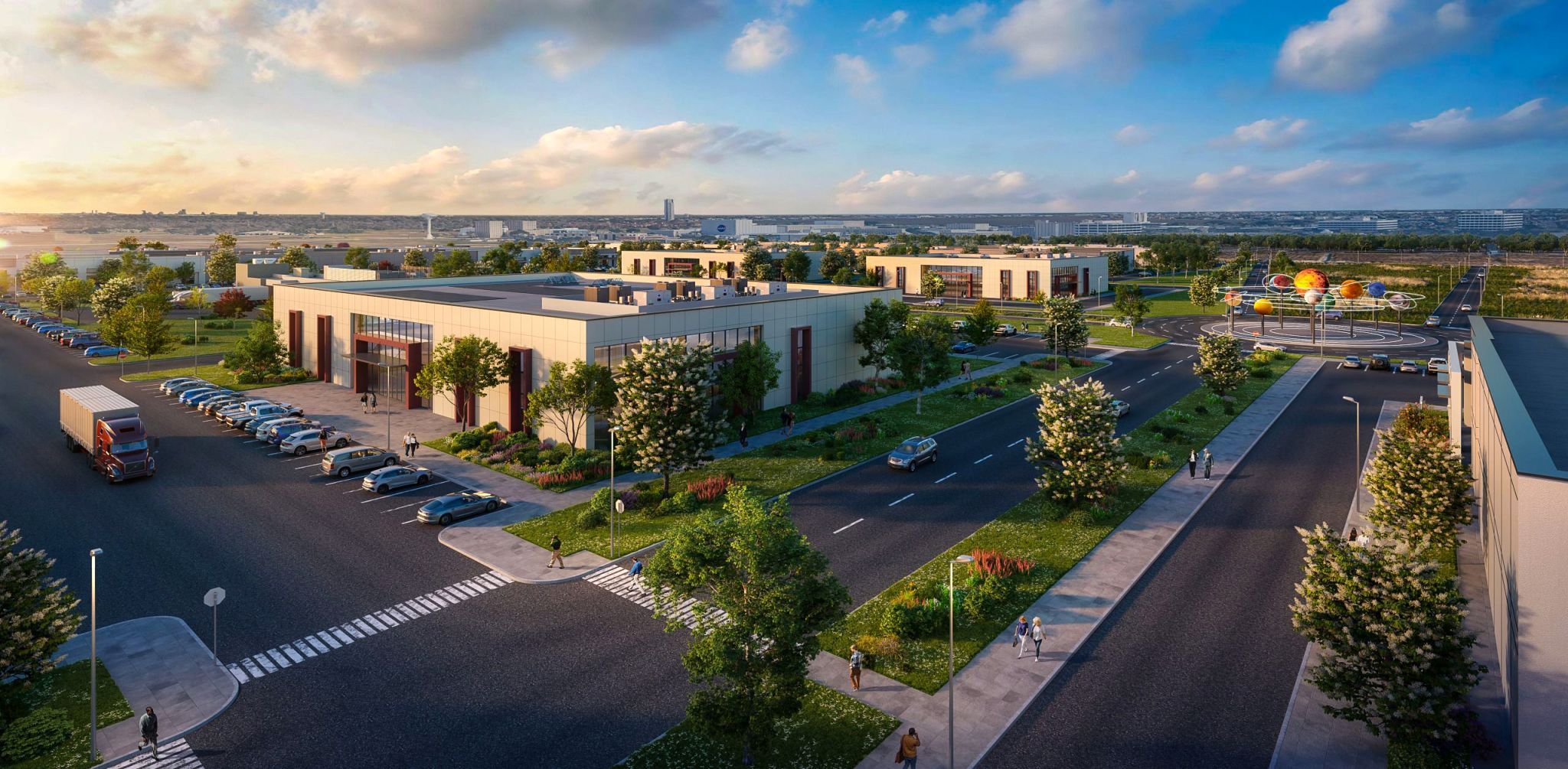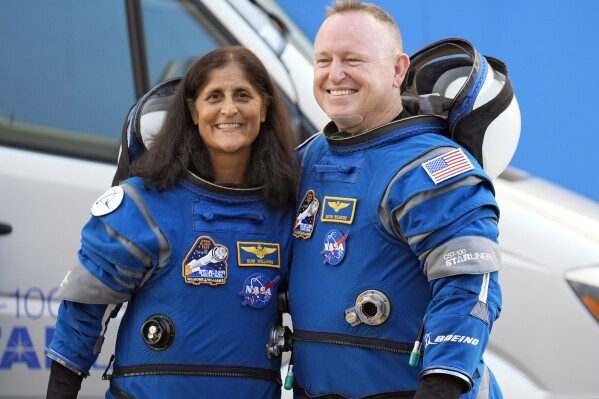Aegis Aerospace and Texas A&M Partner to Launch Research Facility on ISS
Published Feb 12, 2025 by Hailea Schultz
Aegis Aerospace and Texas A&M University are teaming up to launch a new research facility on the International Space Station (ISS).
The Texas A&M / Aegis Aerospace Multi-Use Space Platform Integrating Research & Innovative Technology (TAMU-SPIRIT) facility will exclusively house the university’s experiments, serving as a dedicated hub for in-space research, technology testing, advanced materials manufacturing, robotics development, space surveillance and tracking.
“As a space-grant university, Texas A&M has led the way in space research and exploration for decades,” said General (Ret.) Mark A. Welsh III, president of Texas A&M University, in a news release. “Now, thanks to our partnership with Aegis Aerospace and support from Chancellor Sharp and The Texas A&M University System Board of Regents, the TAMU-SPIRIT Flight Facility will pave the way for Aggie researchers to push the boundaries of space innovation. Our research is already out of this world; it’s fitting that we’re making it official.”
Texas A&M will host an open call for research proposals every six months to select experiments for TAMU-SPIRIT, inviting researchers from diverse disciplines to submit their ideas. Selected experiments will be transported in individual science carriers, equipped with power and data storage, and robotically installed on the facility. Once completed, experiments will return to Earth for further analysis, offering insights into the effects of space exposure on various materials and technologies.
Webster-based Aegis Aerospace will own and operate the TAMU-SPIRIT facility, providing funding, supplies and services to support Texas A&M’s experiments in reaching the ISS.
“This partnership is a wonderful opportunity for Texas A&M to do something bold,” said Stephanie Murphy, CEO and Chairman of Aegis Aerospace, in a statement. “As far as I am aware, TAMU-SPIRIT will make Texas A&M the first university with private access to a flight facility on the International Space Station.”
The TAMU-SPIRIT is expected to take two years to develop and will be modeled after Aegis’ MISSE Flight Facility, a platform launched in 2018. The first Texas A&M-led experiments are scheduled for launch in 2027.
The university is also establishing its own Space Institute near NASA’s Johnson Space Center, a state-of-the-art research and training facility supported by the Texas Space Commission. The Texas A&M Space Institute, which broke ground last year, is slated for completion late next year.
Learn more about Houston’s thriving aerospace industry.
 The Houston Report
The Houston Report




















